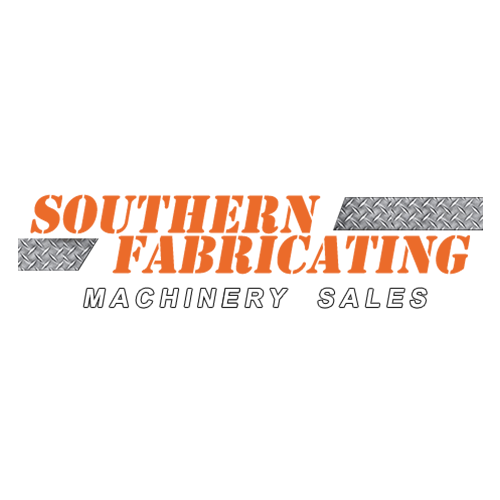Posted By: Andy Kamashian | Posted On: August 12, 2024
The 3 Not-So-Easy Factors to Choosing the Right CNC Turning Center
Choosing the right CNC Turning Center for your needs and budget can be a daunting task. First you need to decide if new or used is right for you and that alone can be a tough choice and is directly related to the budget you have available either in a cash purchase or in monthly payments. Next you need to determine what capacity is needed overall in turning and length. Lastly comes the task of identifying the options needed like Live Tooling, Y-Axis, Sub Spindle, Parts Catcher, Tool Pre-setter and on and on. In the end choosing the right CNC turning Center can be a difficult choice, however if you approach it methodically it can be a much easier and rewarding one.
Used or New - That's a Choice!
Deciding between new or used machinery is one of the first considerations to take into place however it can be one of the toughest choices. Factors to consider include:
Price: Obviously used will be a far cheaper investment.
Reliability: Generally speaking a new machine should provide more reliable, although that is not necessarily always the case.
Warranty: Although there are used machinery warranties available, they are generally very limited. New machinery warranties should be approached with caution however as they often don't live up to expectations with sometimes weeks of waiting for service or parts.
Spindle Up Time: If your profitability is definitely relying on this machine running 24/7 then you may lean more towards a new machine or a higher end later model used machine.
Resale ability: Although you may not consider it up front, CNC Turning centers are commodity machines that have many uses in many shops nationwide. The ability to quickly convert your asset back into cash after you have outgrown its capabilities should be an important factor in deciding on the right machine. In general used machinery loses values far less quickly then new so bear that in mind. As your shop needs grow and change, resale value and time on the market can be very important factors to consider.
Capacity - How Much Machine Do you Need?
Capacity on a CNC Turning Center is the most important factor to consider as it is the 'Window' in which our workpieces can fit. We can't machine beyond that 'window' so it's important to select the right size machine for the job. Go too big and you have a machine that sacrifices speed and capability for an increased window size you can't use. Go to small and you lose out on profitable jobs that a larger machine can handle.
The CNC Turning Center machine's capacity is defined into several factors:
-
- Bar Capacity: If your feeding the machine with a bar feeder or bar loader the capacity through the spindle will be an important one to consider and remember the spindle diameter is not the mbar capacity as a spindle liner is required which reduces the bar capacity. Look for that maximum through spindle dimension
- Swing Over Bed: This equates to the largest diameter that can be rotated in the machine, not machined, just rotated.
- Swing over Cross Slide: This measurement, smaller than the above, represents the maximum diameter of material that can be rotated over the cross slide, or Z-Axis that moves the cutting tools. Again this is not the maximum machining diameter, rather it is just the largest diameter that can be turned over that cross slide.
- Maximum Machining Diameter: This is the largest diameter that can be machines on the CNC Turning Center and likely the most important.
- Maximum Part Length: This value represents the longest part you can effectively put in the machine, either between chuck and tailstock or between chucks although you may not be able to effectually machine it.
- Maximum Machining Length: This is the second most important dimension as it represents the actual total length on the machine that you can continuously get a tool on and machine with precision.
Capability - Options, Options, Options
Deciding on the options needed, or wanted, can be a major factor swinging you back from new to used and you tend to get much more value with a used machinery offering and thus increased capability. Once you have decided on the capacity needed, you need to determine on what further capabilities you need in a turning center besides machining just a diameter and length. Options can increase the capabilities on CNC turning centers to the extreme whereas many parts coming off of a CNC Turning Center don't even appear to be "Turned" rather they just appear to be machined. Lets break down the major options to choose from:
- Tool Presetter: A tool presetter touches off the turning, boring, drilling, milling etc. tool tips thereby automatically loading the correct tool offsets into the CNC controller taking the manual measurement and guesswork out.
- Live Tooling: Live tooling gives us the ability to mill flats, slots, drill cross or through holes and do so much more then just turning.
- Y-Axis: A Y-Axis in combination with Live Tooling allows us to take the tools off center allowing for drilling/tapping and milling across the turned surface increasing the capability of the CNC turning center and reducing necessary secondary operations
- Tailstock: A tailstock is necessary when supporting longer shafts from the spindle. Usually equipped with a rotating center a tailstock supports a longer shaft from springing away from the tool during the turning process.
- Sub Spindle: In lieu of the above Tailstock a rotating Sub Spindle can be employed that also not only supports the material being machines but can also be used to all for machining the backside of the part offer separation from the bar stock in an operation known as "parting off"
- Sub Turret: If the above option of sub spindle is selected another smart addition is a sub turret which allows for an additional 2-3 Axis of machining for the sub spindle often simultaneously with machining a new part on the main spindle and main turret.
- Parts Catcher: Utilizing any of these options presents the ability to automate your CNC Turning Center. Doing so will require you to safely remove the completed machined and turned parts. A parts catcher is designed to do just that utilizing an automated swing in box to catch the parts once released from the machine with more advanced systems employing a conveyor system to safely unload part after part.
- Bar Loader or Bar Feeder (There Is a Difference!): Automating your CNC Turning Center starts with feeding material into it and how you do that depends on the system chosen. While you can manually feed material into it, that requires an operator to stand in attendance to the machine at all times. While there are other robotic loading system s the easiest and be far, most popular method is a bar feeder. The Bar Feeder device can take material as long as 12' and feed it part by part into the machine keeping you running parts for hours or days (with auto bar reloading). Adversely the bar loader performs a very similar task but only loads a bar the length of the machine spindle. The difference between the two is based on your requirement, space and cost (bar loaders are far cheaper but require bar lengths to be precut into shorter lengths resulting in more material waste).
Reconsidering New Vs Used?
With all these options available (and more!) it's easy to assume that you can quickly increase your requirements and thus budget, perhaps even now optioning for a better equipped used machine over new. Either way its best to consult with a turning machine expert like the ones at Southern Fabricating Machinery Sales. We can help you select the right machine, options and capability for your needs and budget as well as get that machine financed into a comfortable and affordable monthly payment that works for you.
Our passion is to assist your manufacturing to achieve excellence in quality and profitability. It's simply how long term relations our built.






